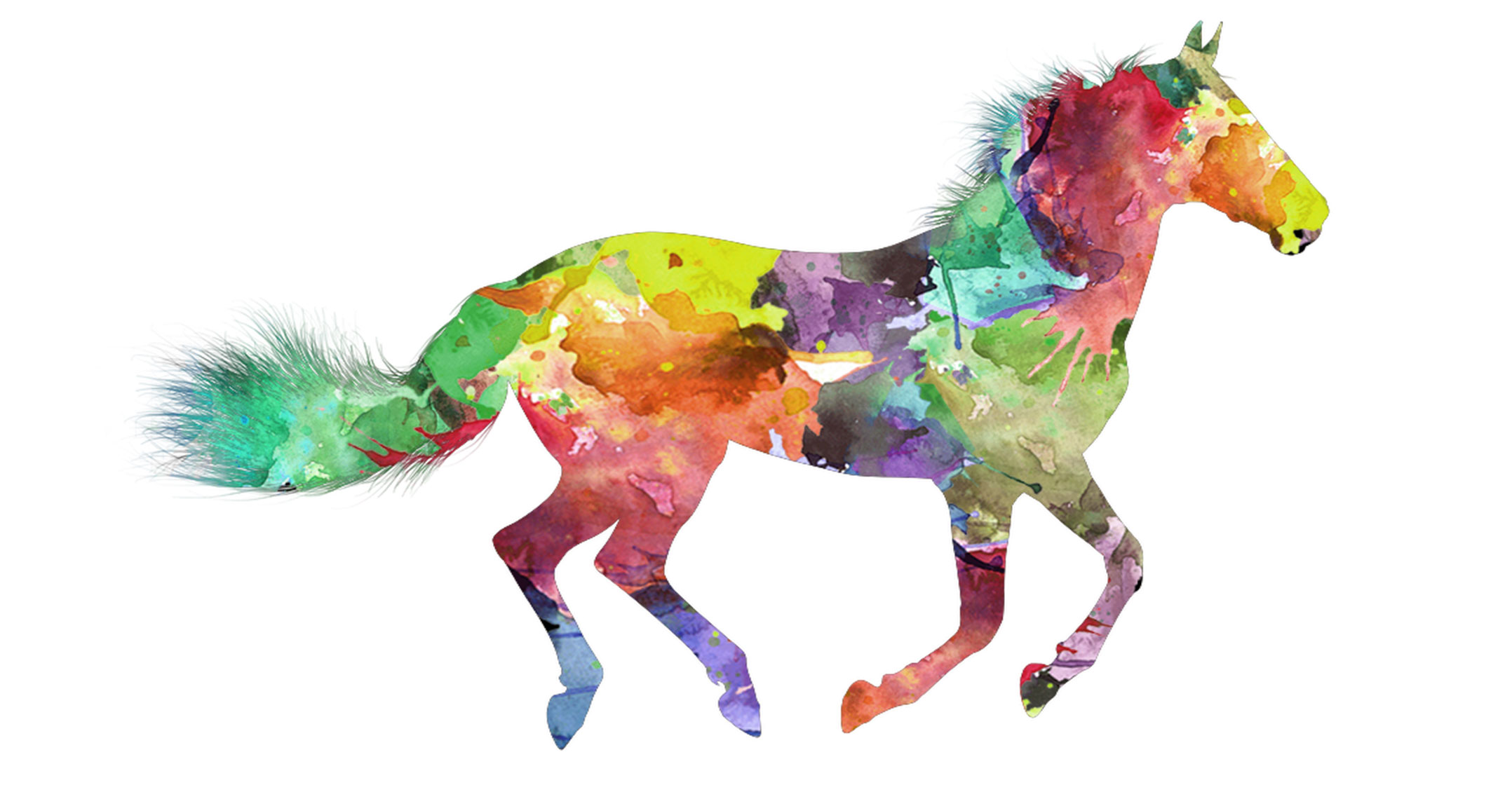
It’s all rather academic at this stage, but Vodacom — like rival MTN — is keen to show off the capabilities of 5G wireless broadband technology. The company will use the upcoming Durban July to showcase the capabilities of the technology.
The operator has partnered with telecommunications equipment supplier Nokia to demonstrate virtual reality through two 5G-powered “experiences” at the horseracing event.
The first VR experience will showcase the high speed and low latency of 5G and will use 4K video cameras to record and stream live, immersive footage from two different positions at the Greyville racecourse at the event on Saturday, 7 July.
Each of these cameras will broadcast a live, 360-degree feed over 5G back to the Vodacom hospitality suite, where guests will be able to experience the feeds from the racecourse through VR headsets, and be virtually transported into the live scenes from the day’s races.
The first camera has been positioned in the Parade Ring, which will allow guests in the suite to have a live, virtual view of the horses as they are paraded before each race.
The second camera has been positioned at the finish line, allowing guests to watch the finish of each race in VR, as if they were at the finish line themselves.
The images from the cameras will be streamed in real time over a Nokia Airscale 5G base station using 100MHz of test spectrum in the 28GHz frequency band. No commercial 5G spectrum licences have been issued in South Africa.
A second 5G-enabled related VR setup will be demonstrated in the form of a VR penalty shootout, where high speeds and super-low latency are both critical to the reality of the experience.
The VR penalty shootout will allow participants to “feel” the difference between the different latencies which are typical of 4G and 5G networks by introducing different reaction times. This will allow participants to feel as if they are physically within a stadium facing the best goalkeepers in the world.
Latency
Latency is the time gap that exists between a request and a response in a system, which is typically around 20ms on a 4G network. On a 5G network, this is reduced to less than 5ms, which means that the request-response between connections is almost real-time, Vodacom said.
This could enable 5G applications being extended to mission-critical control of remote applications, such as industrial automation in factories, remote robotic surgery, as well as smart vehicles and transportation systems, which require ultra-reliable and low-latency communication.
Last month, MTN and its technology partner Ericsson achieved throughput of 1.6Gbit/s using 5G technology at the Gerotek skidpan outside Pretoria.
Also using 100MHz of test spectrum in the 28GHz band, the companies demonstrated a live, 4K-quality video feed streamed from inside a moving car at the facility.
The audience was able to view the driver’s surroundings while moving around the track, allowing them to experience what the driver was seeing in real time.
The demonstration was then taken further by fully obscuring the driver’s windscreen, leaving him to navigate the track using the live feed from a 4K video camera to his virtual reality headset. This was possible thanks to the low latency of 5G technology. The companies achieved network latency during the test of five milliseconds.
The solution demonstrated consisted of three radio units, base-band equipment, prototype 5G user equipment (UE) with an external antenna, a vehicle with the UE installed, a 4K video camera and a VR headset. — © 2018 NewsCentral Media




